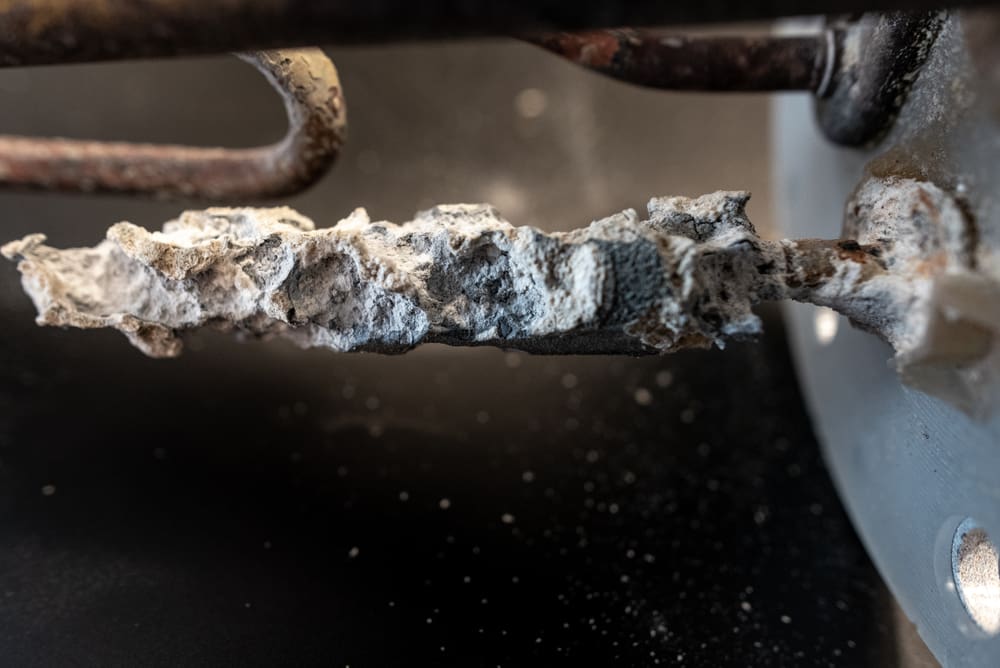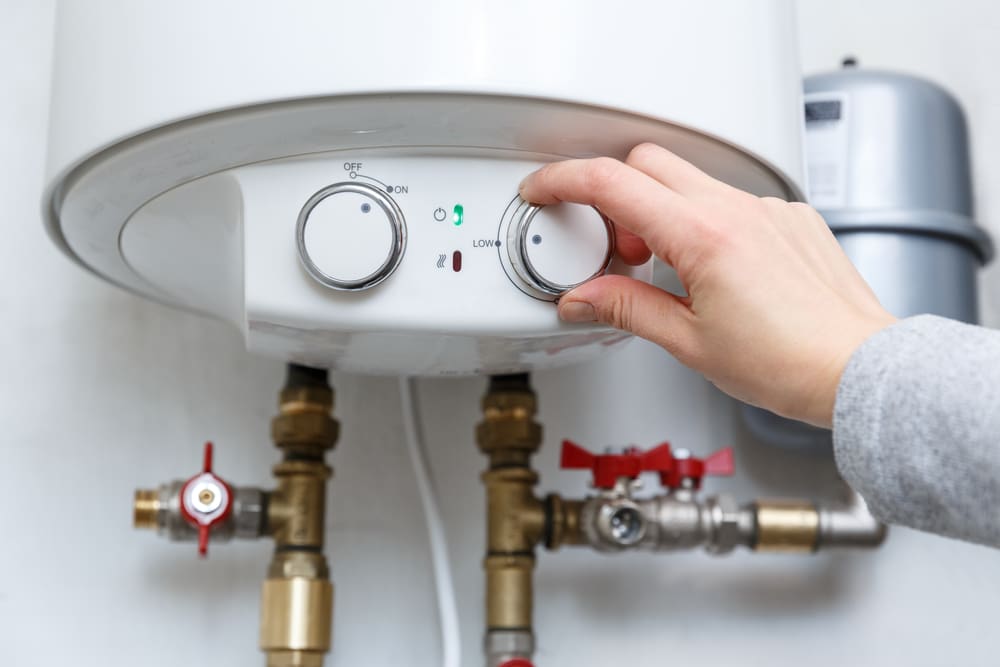
Water heaters, like any other home appliances, aren’t designed to last forever. Even the most well-made and reliable water heaters can show signs of wear and tear over time. Routine maintenance and timely repairs are essential to extend the lifespan of your water heater, keeping it efficient and functional for as long as possible. Knowing when your water heater needs attention can often be the difference between an affordable fix and an expensive replacement.
Table of Contents
Bad Water Heater Element Symptoms
Dealing with water heater problems can be quite the nuisance. Knowing the symptoms of a malfunctioning water heater can help you diagnose the underlying issue and seek assistance if needed. Here are some signs to watch out for.
Lukewarm Water
A major sign of a defective water heater is when the water is lukewarm. If your heater isn’t delivering hot water as it should, it could mean one or both elements have stopped working. A non-functional element can’t heat water effectively.
Reduced Water Flow
A decrease in water flow might also indicate there’s an issue with your water heater element. If the element is impaired or encrusted with sediment, it may have difficulty heating water efficiently. This inefficiency could lead to less hot water flowing from your faucets.
No Hot Water
In extreme cases, a defective water heater element might produce no hot water supply. If both elements cease to function, the water heater can’t heat the water, leaving you with only cold water.
Testing Water Heater Element
If your water heater isn’t functioning properly, the culprit could be a defective element. Here’s a detailed process on how to perform water heater element testing safely and verify the condition of the water heater element. Please note, we do recommend leaving this process up to a licensed plumber.
Step 1. Disconnect the water heater. Electricity work must be done safely. Before initiating the testing procedure, make sure the water heater’s power supply is disconnected. You can disconnect it by switching off the circuit breaker connected to the water heater. It’s usually in your home’s main breaker box.
Step 2. Remove the metal covers. On the side of your water heater, you’ll notice one or two metal cover plates. These safeguard the thermostat and internal heating elements. Unscrew the Phillips head screws using a screwdriver or power drill so you can remove the covers.
Step 3. Remove the insulation and plastic guard beneath the metal cover. The insulation could be rigid foam or flexible fiberglass, which can be manually removed or cut away if needed. The plastic guard can be detached from the metal tabs. Be careful not to damage these parts, as they’ll need to be reinstalled after the test.
Step 4. Locate the heating element. Once the covers and insulation are out of the way, the thermostat and heating element should be visible. The thermostat is typically rectangular, with numerous wires connected. Beneath it, you’ll notice the heating element with its square base and two screws linked to electrical wires.
Step 5. Verify the power is disconnected. Use a non-contact multimeter or voltage tester to confirm the power is disconnected. If the tester illuminates or emits a beep or the multimeter displays a reading between 110 and 130, the power is still connected.
Step 6. Assess the heater element. To test the water heater element, adjust the multimeter to the lowest ohms setting. Measure the element’s resistance by touching the probes to the screws on the heating element. A functioning heating element should have a reading between ten and 30 ohms. If the reading is lower, the heating element is defective.
Step 7. Reassemble the water heater. After completing the test, all components must be reassembled. Reinstall the plastic guard and insulation, and resecure the metal cover plates. Turn the circuit breaker back on to reconnect power to the water heater. If a heater element was replaced, allow a few hours for the water to warm up to verify the repair’s effectiveness.
 What Causes a Water Heater to Go Bad
What Causes a Water Heater to Go Bad
Typically, water heaters are engineered to function anywhere from ten to 15 years, but several factors can cause them to deteriorate prematurely.
For instance, the anode rod is a vital component that helps deter corrosion inside the water heater. It gradually wears down as it consistently draws in corrosive particles. As it depletes, its ability to safeguard the tank diminishes, rendering the unit susceptible to corrosion and potential failure.
Tank deterioration or leakage over time are the result of water tank corrosion, especially if the anode rod isn’t working efficiently. This deterioration can result in leaks, causing substantial damage and ultimately making the water heater ineffective.
As mentioned earlier, heating elements responsible for heating the water can malfunction or fail due to regular wear and tear or electrical malfunctions. A defective heating element can produce lukewarm or even cold water.
While you can replace specific parts of a water heater, replacing the unit altogether can be a more cost-effective choice if it constantly has problems or you’ve had it for over ten years. Regular upkeep and prompt action at the first hint of an issue can help prolong your water heater’s lifespan.
Is Your Water Heater Bad?
A malfunctioning water heater can interfere with your daily activities. At Elite, we’re experts in repairing and installing water heaters to provide a reliable and efficient hot water supply. We can handle all sorts of water heater issues, from damaged heating elements to leaky tanks. Reach out to us today at (941) 759-5896 to schedule an appointment. Our team is committed to delivering superior service, whether you need a straightforward repair or a complete water heater replacement. Rely on Elite to restore your hot water supply. Schedule Your Appointment Today.

